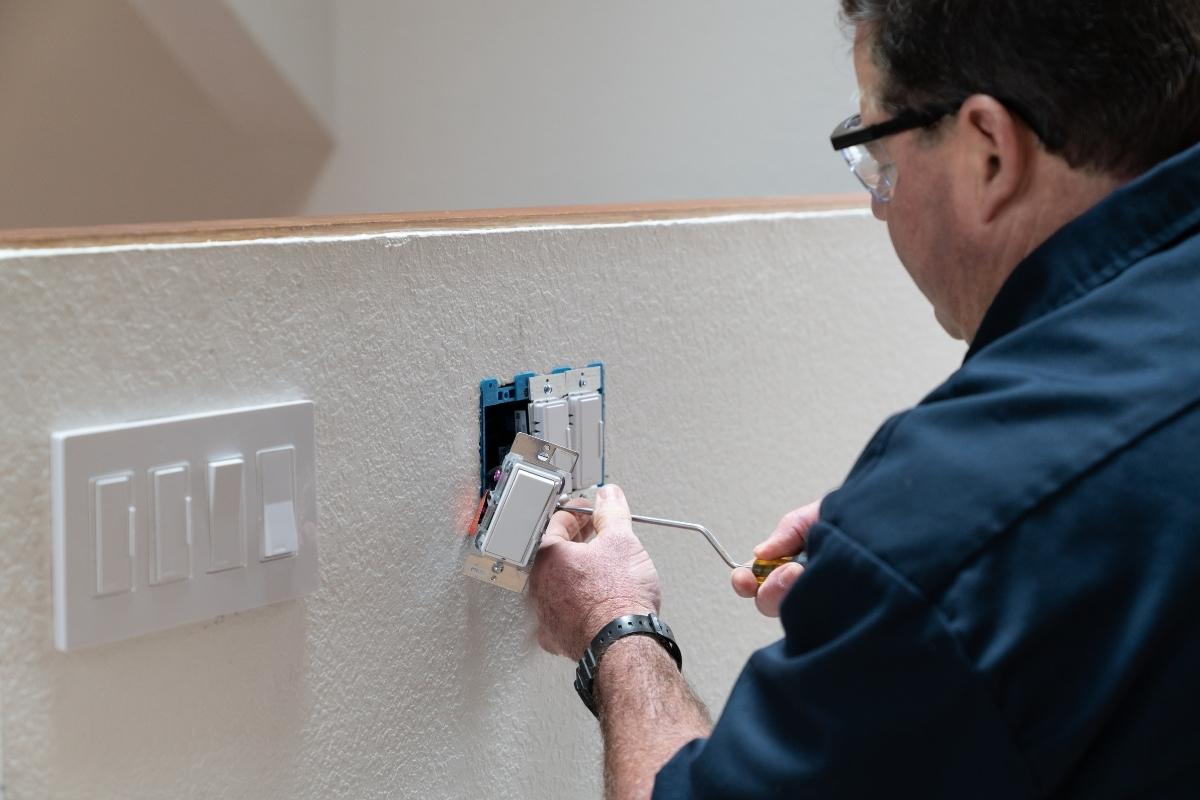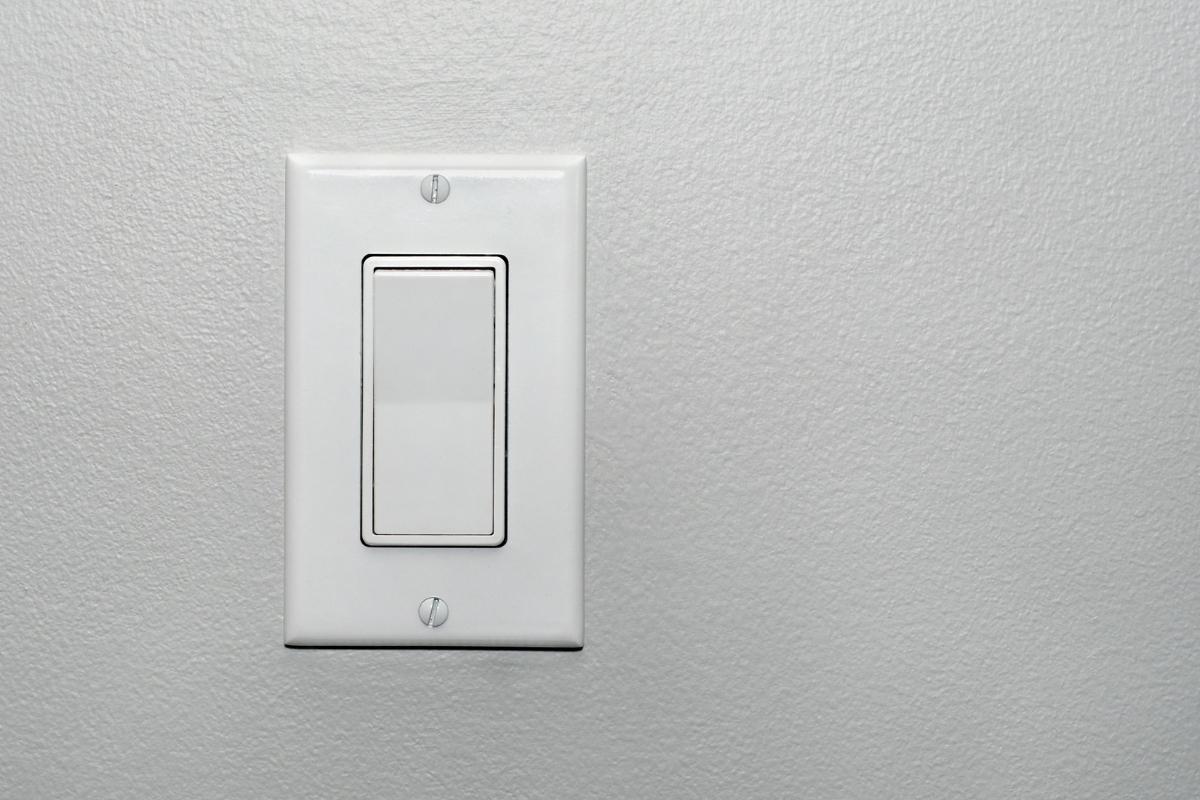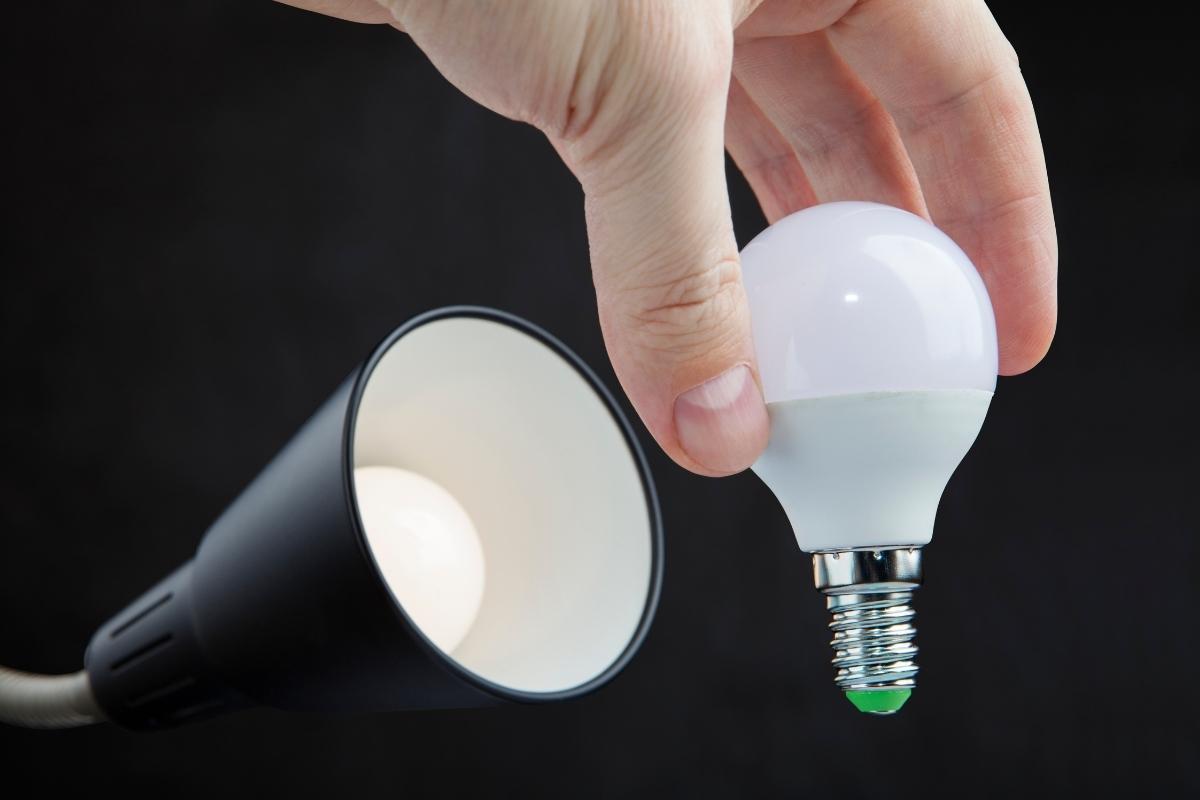What Is a 4-Way Switch
A 4-way switch is an electrical switch used to control a light or a group of lights from three or more locations. It works in conjunction with two 3-way switches to control the flow of electricity to the light fixture. When you flip one of the 3-way switches, it sends a signal through one of the traveler wires to the 4-way switch. The 4-way switch then directs the electricity either to the other 3-way switch or to the light fixture. When you flip the other 3-way switch, it sends a signal through the other traveler wire to the 4-way switch, which then directs the electricity in the opposite direction.
In simpler terms, a 4-way light switch allows you to control a single light fixture from multiple locations. It is commonly used in larger rooms or hallways where there are multiple entry points and you want the convenience of being able to turn the light on or off from any of those locations.
The 4-way light switch has four positions, unlike a standard single-pole switch that only has two positions. This means that you can turn the light on or off from any of the switch locations, regardless of the current position of the other switches.
A 4-way switch does not have an “on” or “off” position like a standard switch. Instead, it has two traveler wires that carry the electrical current between the switches. The position of the switches determines whether the traveler wires are connected or disconnected, which, in turn, controls the flow of electricity to the light fixture.
How Does a 4-Way Switch Work
A 4-way light switch is used in conjunction with two 3-way switches to control a light or a group of lights from three or more locations. It allows you to conveniently control the lighting from multiple positions without having to walk to a specific switch.
To understand how a 4-way light switch works, let’s break down the wiring configuration. In a typical setup, you have one 3-way switch at each end of the circuit, and the 4-way switch is placed in the middle. The power source is connected to one of the 3-way switches, while the light fixture is connected to the other 3-way switch.
The 4-way switch has four terminals or screws, labeled as “A,” “B,” “C,” and “D.” The two wires from each of the 3-way switches are connected to these terminals. The wiring configuration can vary, but a common setup is to connect the “A” terminal to the power source, the “B” terminal to the light fixture, and the “C” and “D” terminals to the two 3-way switches.
When you flip one of the 3-way switches, it sends a signal through one of the traveler wires to the 4-way switch. The 4-way switch then directs the electricity either to the other 3-way switch or to the light fixture, depending on the position of the other switches. When you flip the other 3-way switch, it sends a signal through the other traveler wire to the 4-way switch, which then directs the electricity in the opposite direction.
The 4-way switch acts as a kind of “traffic cop” for the circuit, controlling the flow of electricity based on the positions of the other switches. It allows you to reverse the flow of electricity and control the light fixture from any of the three switch locations.
The wiring of a 4-way light switch can be complex, especially if you’re not familiar with electrical work. It’s recommended to consult a licensed electrician if you’re unsure about the installation or troubleshooting of a 4-way switch.








